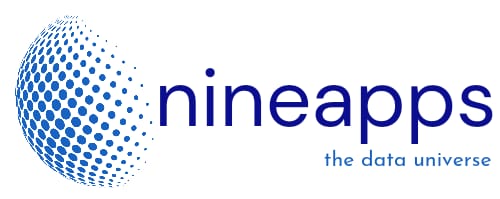

ERP (Enterprise Resource Planning): ERP software is designed to integrate and manage various core business processes within an organization. It provides a centralized database that allows different departments to share information and collaborate effectively. ERP systems typically cover areas such as finance, human resources, supply chain management, inventory management, manufacturing, and customer relationship management. The goal of ERP is to streamline operations, improve efficiency, and facilitate data-driven decision-making.



CRM (Customer Relationship Management): CRM software focuses on managing an organization’s interactions with existing and potential customers. It helps businesses track customer information, interactions, and sales activities throughout the customer lifecycle. CRM systems often include features for managing leads, sales pipeline, contact management, customer support, marketing automation, and analytics. The primary objective of CRM is to enhance customer satisfaction, increase sales, and foster long-term customer relationships.
SCM (Supply Chain Management): SCM software is designed to optimize and streamline the processes involved in the supply chain, from the procurement of raw materials to the delivery of finished products to customers. It helps businesses manage inventory, logistics, procurement, demand planning, order fulfillment, and supplier relationships. SCM systems enable organizations to improve supply chain visibility, reduce costs, enhance collaboration with suppliers, and ensure efficient distribution of goods.
While ERP, CRM, and SCM systems serve different purposes, they are often integrated to provide a comprehensive solution for managing various aspects of a business. Integration between these systems allows for better data sharing, improved efficiency, and a holistic view of the organization’s operations, customers, and supply chain.
